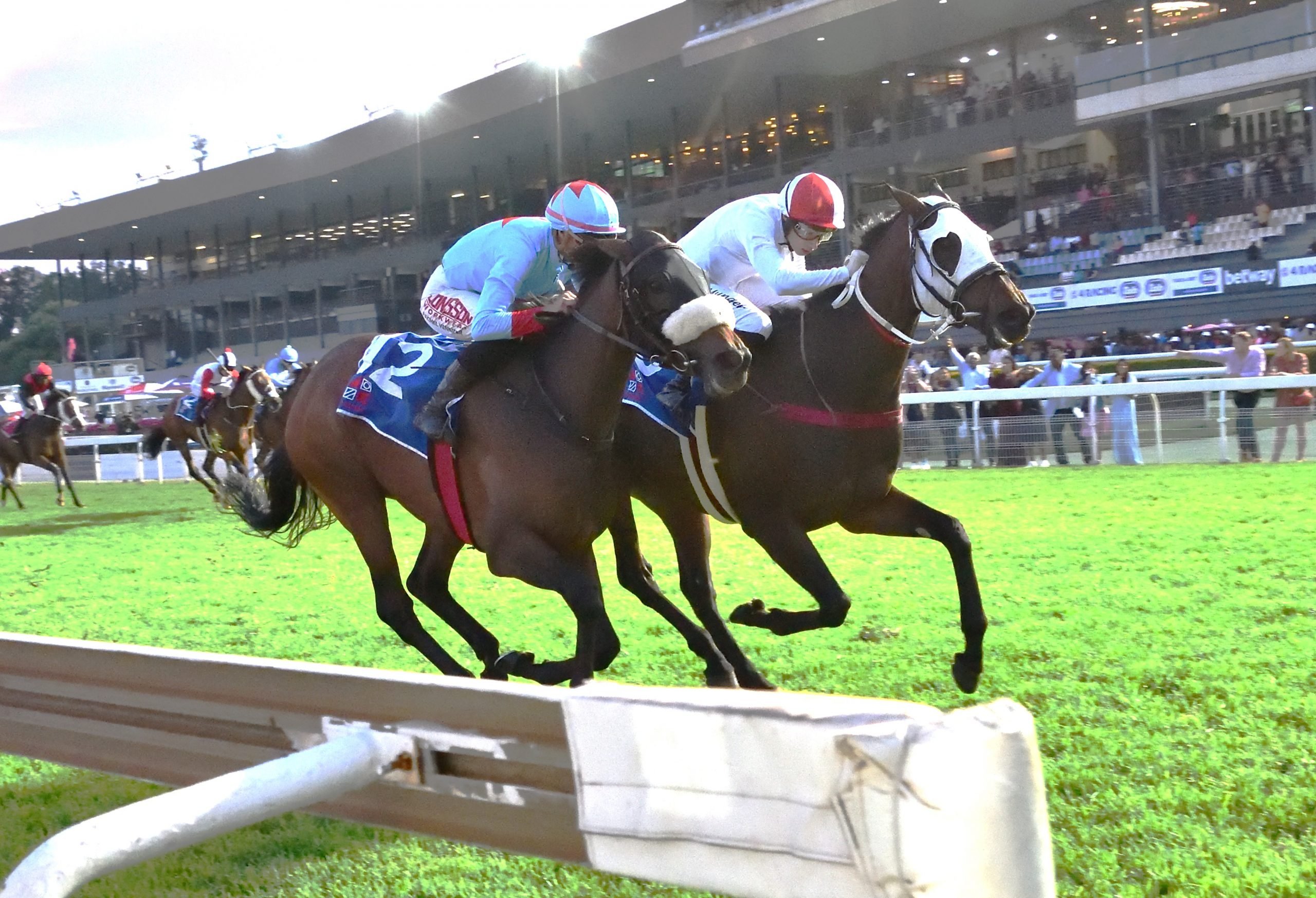How often does it happen? An ostensible ‘no-hoper’, the rank-outsider, wins at 50-1. The form-doyens hasten to review the form to find the missed bit of information. Even the Tellytrack presenters are livid at the ‘ridiculous’ outcome, writes Dr Marc Van Zyl of Immediate Solutions.
Van Zyl, who holds a Phd in Computer Science and is also a passionate student of the sport of kings, has previously written applications to assist punters.
We have all heard the stories. Blinkers for the first-time? Alumites for the first time? Tried over new distance? Recently gelded? Prefers the track-conditions? Used front-running tactics owing to lighter weight or to overcome a poor draw? Was a consistent fast-finisher over shorter? The constant drop in merit-rating (handicap) finally tipped the balance? Prefers this course and/or distance? Always performs well when running alongside the rail? Racing fresh after a longish rest?
Allegations of race-fixing and doping have blighted the sport-of-kings in the past, so inferences of manipulated results will regularly surface. However, given that merit-rating and weight-for-age handicapping are tried and tested means by which to “level the playing fields”, shouldn’t the majority (if not all) of the entrants have a winning-chance?
Even human athletes show improved form under certain (legitimate) circumstances.
So, how does one recognize the circumstances and predict the outcome for each horse?
It is widely recognized – and expressed by no-less-an-authority than the International Federation of Horse-Racing Authorities – that horses reach 95% of their maturity and ability between 2 and 3 years of age.
It seems a fair presumption that unless a horse displays a certain level of racing ability at this age, it is not likely to develop greater capability afterwards. However, if it does display such ability, it is likely to recapture the same ability at a later point in life – provided that circumstances are conducive to this.
Let’s assume a horse earns a merit-rating of 95 as a three-year old. Further assume that the horse has been over-rated by at least 5 merit-rating points. After 6 months, the horse, having failed in stronger company has steadily dropped in merit-rating.
It now enters a lower-class race with a merit-rating of 85 (when its maximal rating would have been 90).
If the circumstances are favourable (e.g. course, distance, track conditions, etc), the horse could ‘surprise’ at longer odds.
Using the commonly used parameters, such as the documented ‘drag’ factors used by handicappers, e.g. that 1 length is roughly equivalent to 1kg in mass (in races up to 1600m); that 1kg is equivalent to 2 merit-rating points and that 1 second is approximately equivalent to 6 lengths in sprints, a uniform method for predicting outcome possibilities is a feasible proposition. Such a system would require a more comprehensive consideration of factors affecting form and capability.
Less-obvious patterns, which could lead to ‘surprises’ include:
• some horses run well on returning from a rest (also indicated by a debut win or placed-run);
• front-running horses – as well as fast finishers – can often benefit from an extra 100-200m in the race-trip;
• and some horses have a predilection for running around left-orientated bends (or right-orientated bends).
• Other unpredictable outcomes may result from favourable/unfavourable draw distribution (in which field-size shows a roughly inverse relationship with upset-probability). This is a similar pattern to that for ‘luck-in-running’ – the greater the field-size, the greater the unpredictability of the outcome.
More-obvious patterns include:
• Jockey-Trainer factors (based on recorded success-rates),
• breeding factors (based on leading sire and broodmare statistics),
• track-conditions-suitability,
• course-surface (turf, sand, synthetic) suitability,
• course and distance suitability,
• win-and-place rates, class-and-success rates,
• merit-rating range and success-rates, etc.
Although the human mind is probably capable of handling all these variables simultaneously, it becomes rather tedious to do so for each runner, in each race.
It makes more sense to capture all the race conditions, the current-form parameters, the patterns implicit in the horse’s best runs, change-factors (such as headgear changes, gelding, second-run-after-a-rest-‘syndrome’, etc), potential-ability factors, and other contributing factors in a software application and have the computation done for you.
Dr Van Zyl has written an application called UniForm Rater and which may be found on http://www.immsols.co.za.
For the sake of creating a rapid tool, all data is simply selected from drop-downs. As for other apps available on this website, buyers will receive all further updates for free, for an indefinite period.
All feedback on suggested improvements, bug-fixes, etc, would be most appreciated. (Even Microsoft, Apple and Google rely on developer and user feedback)!
For the more technically-minded, the implementation uses a logic branching weighted algorithm to perform consistent rating analyses. Related factors are used in combination and in tandem.
Patterns and trends are deduced from a best-runs feature and applied in relation to current race parameters. Weightings are based on factor analyses, which will be continuously refined with ongoing research.








